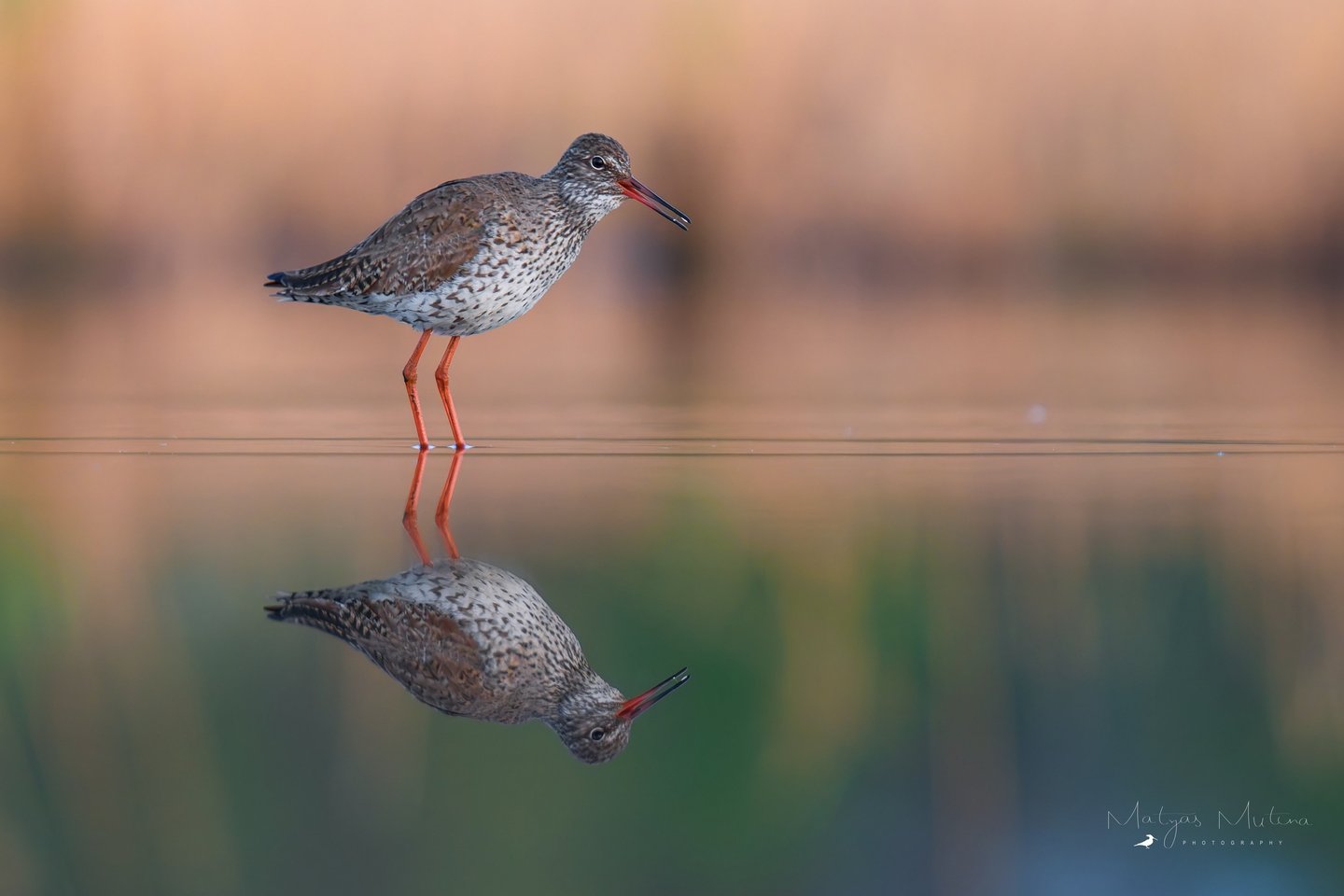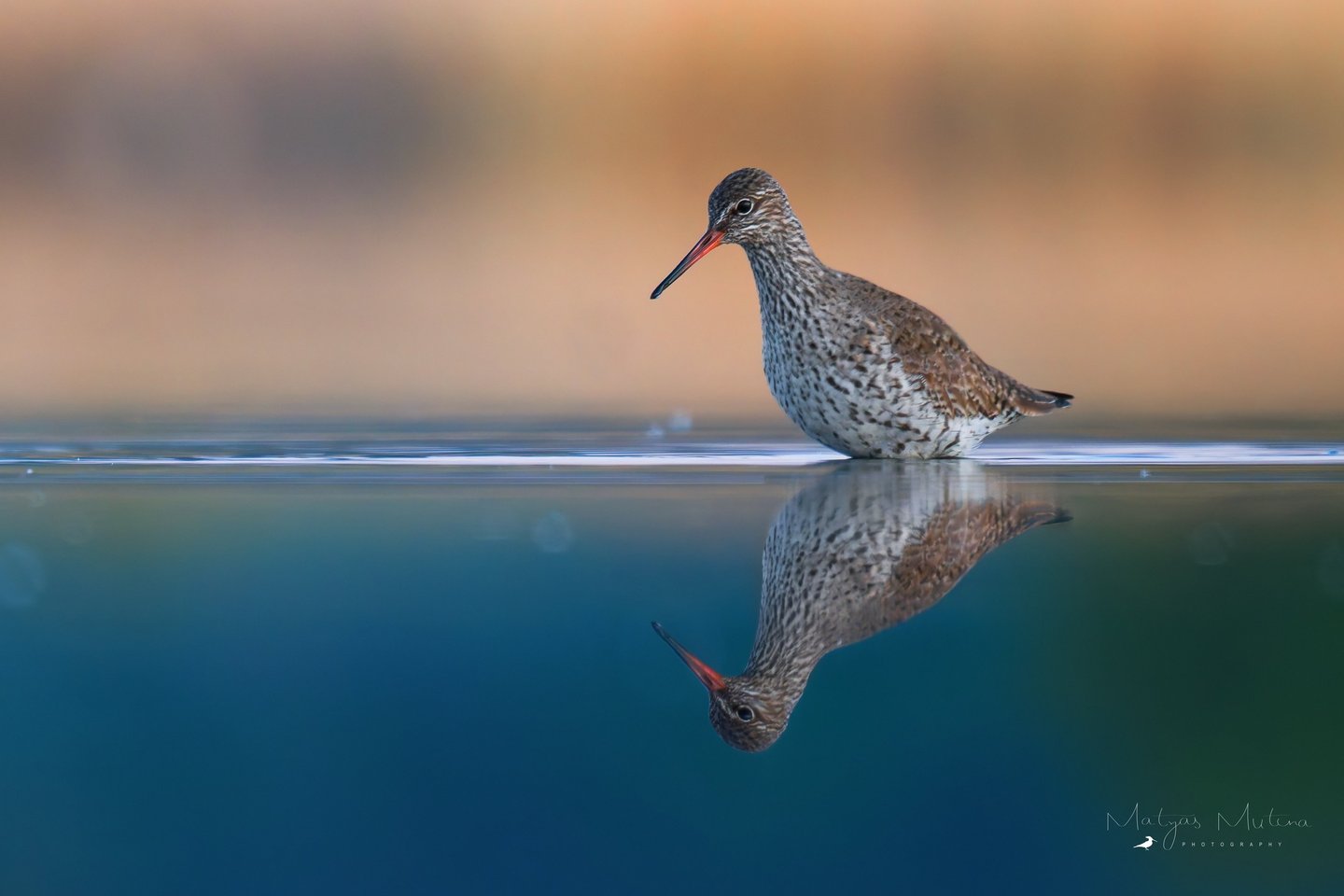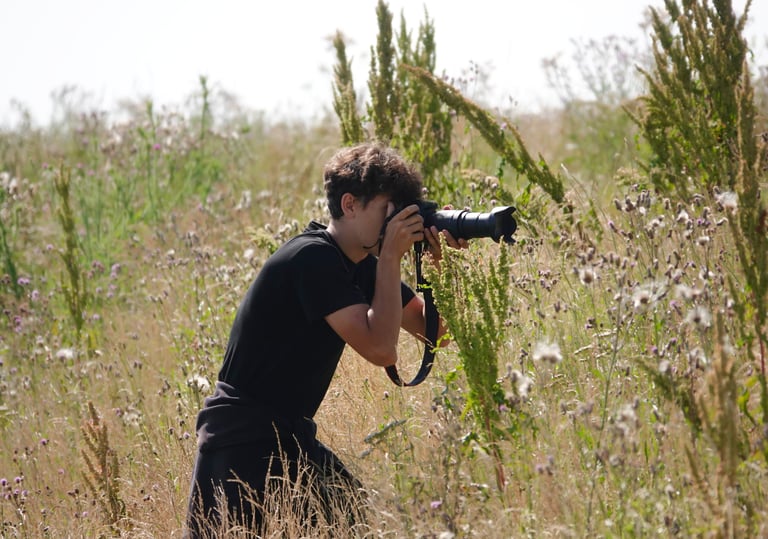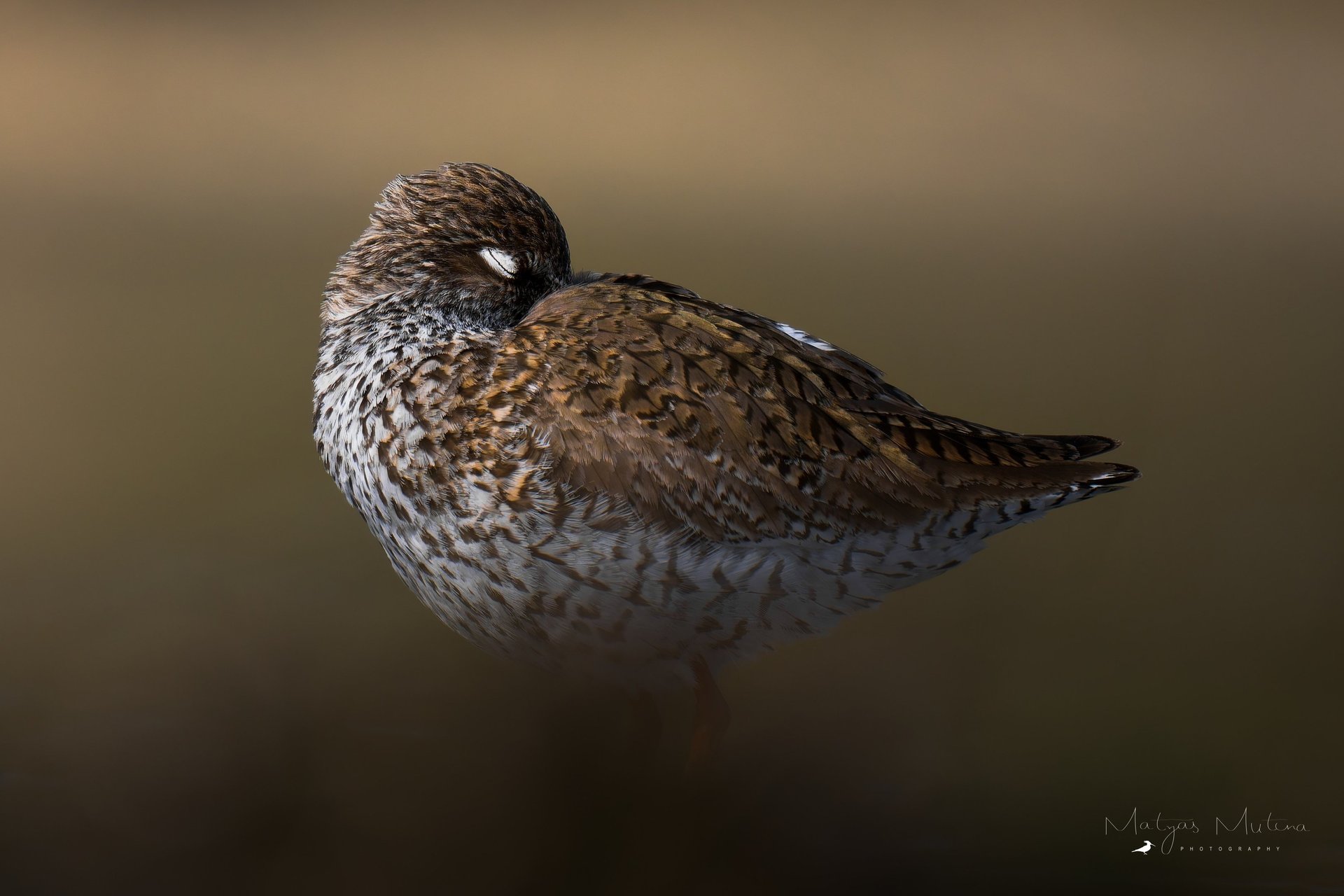
Spring by the water with Red-legged waders
Common Redshank Photography
I spend a great deal of time by the water. I'm constantly searching for new locations where these inconspicuous yet fascinating birds can be photographed. You might think there’s nothing all that captivating about waders at first glance—they're just birds that wade around in the mud. And to be honest, photographing them often looks exactly like that. Mud is everywhere, sometimes I have to wade in up to my knees, it’s incredibly difficult to keep anything dry, and when you add in the unpleasant smell of swamp water, most people would probably say: “No, thanks.”
But luckily, I’m not like most people. It’s actually these rather harsh conditions that I enjoy the most about photographing waders. When an image finally works out, the reward feels all the greater.
Waders aren’t photographed very often, mostly due to these challenging conditions. Getting close to them requires patience, knowledge of the terrain, and luck in choosing the right spot. Not every wetland is suitable for waders—it depends on water levels, the presence of muddy shores, and the overall dynamics of the habitat. The best wetlands change constantly over the years. One year they’re completely dried out, the next they’re entirely flooded. And this variability is exactly what makes nature—and wetlands in particular—so alive.
In South Moravia, I’ve already marked several locations that I monitor regularly. This year, I explored quite a few and saw plenty of species: common redshanks, black-winged stilts, dunlins, northern lapwings, common snipes, little ringed plovers, and even the always-elusive pied avocet—which still keeps escaping my lens.
But today, I’d like to share photos of one specific species that had eluded me until this year—the spotted redshank (Tringa erythropus). I came across several locations where this beautiful wader was present.
This is what such a location might look like:
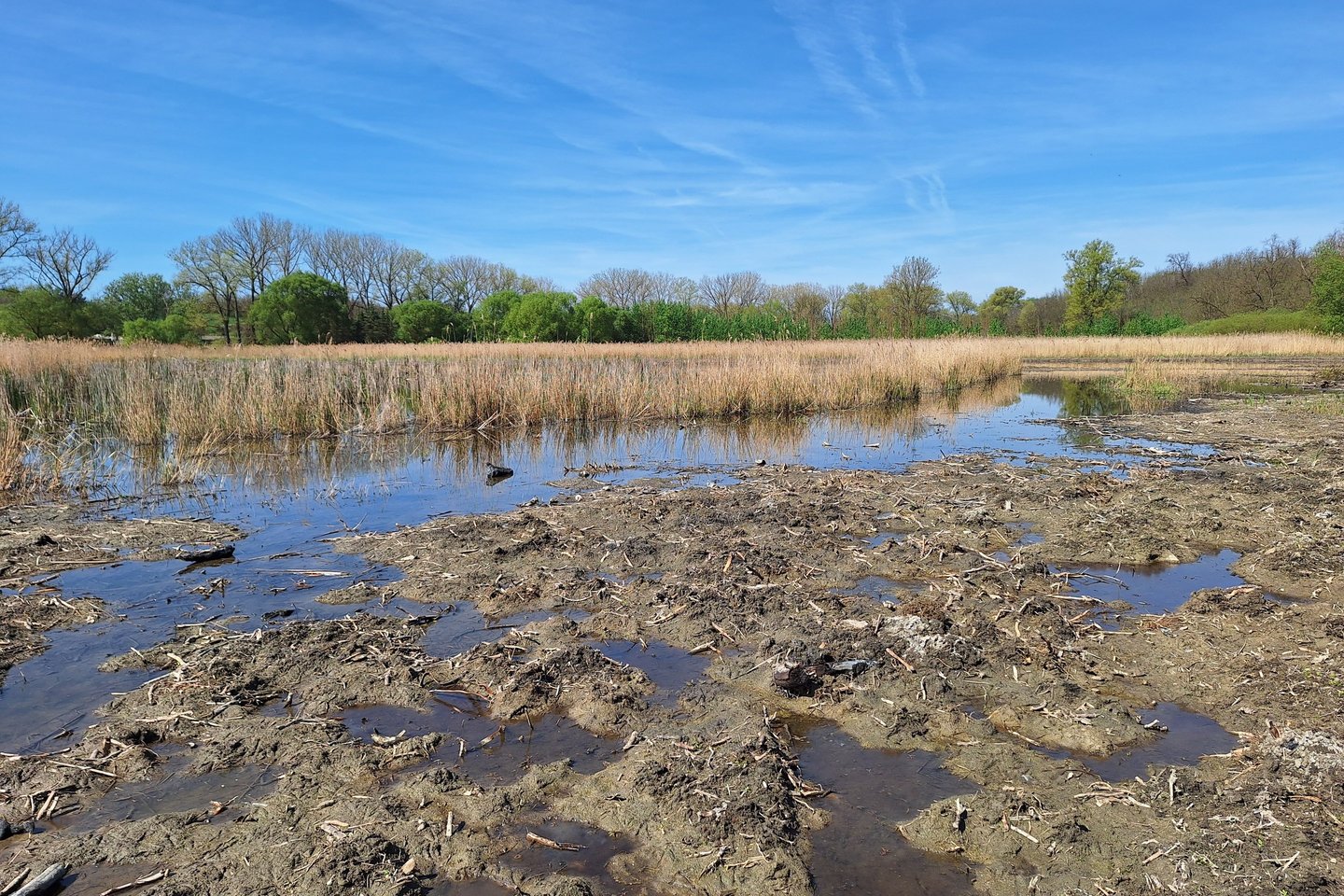

A Few of My Tips for Photographers:
How do you photograph waders? It’s hard to say. The key to success lies in one thing: searching, searching, and more searching—without it, you simply won’t get anywhere. As I mentioned earlier, wetlands can be extremely changeable, and the water level can vary greatly—while a wetland might be flooded in spring, it may dry out by summer, which then becomes a huge draw for waders.
I recommend using AVIF (the Czech bird observation platform), where you can find plenty of wader sightings from all over the country. Visit drained fishponds and look up when they are scheduled to be drained. Use aerial maps to scout for interesting-looking locations. I’ve lost count of how many times I’ve gone to a new wetland completely in vain...
You don’t necessarily need to visit bird parks or protected areas, which often attract crowds of people. On the contrary, it’s worth seeking out quiet and remote spots. Visit wetlands multiple times throughout the year. Just because a place seems hopeless one year doesn’t mean it won’t become a paradise just a few weeks later.
The best time to photograph waders is during migration—starting as early as March or April, and then again after the breeding season, in late summer. In my opinion, these are the prime periods.
Pay attention to light and background. It’s crucial to be able to get as close as possible to the water level—without that, it’s hard to capture a compelling shot. Over time, I’ve found that lying on a mat and shooting handheld works best. That’s the only way to really get low. Tripods often don’t allow for this—though of course, it depends on the model; some can. You’ll frequently end up stuck in the mud, so I recommend wearing rubber boots. I currently use shorter ones, just knee-high, but I’ve often wished I had chest waders like the ones fishermen use. Don’t be afraid to get dirty—sometimes, it’s just the price you pay for a great photo.
And one last tip: watch the temperature. On hot days, heat shimmer above the water can blur fine details—no camera gear, no matter how expensive, can overcome that. If the birds are only a few meters away, it won’t be an issue. But as soon as they’re farther out, this becomes something to be aware of.
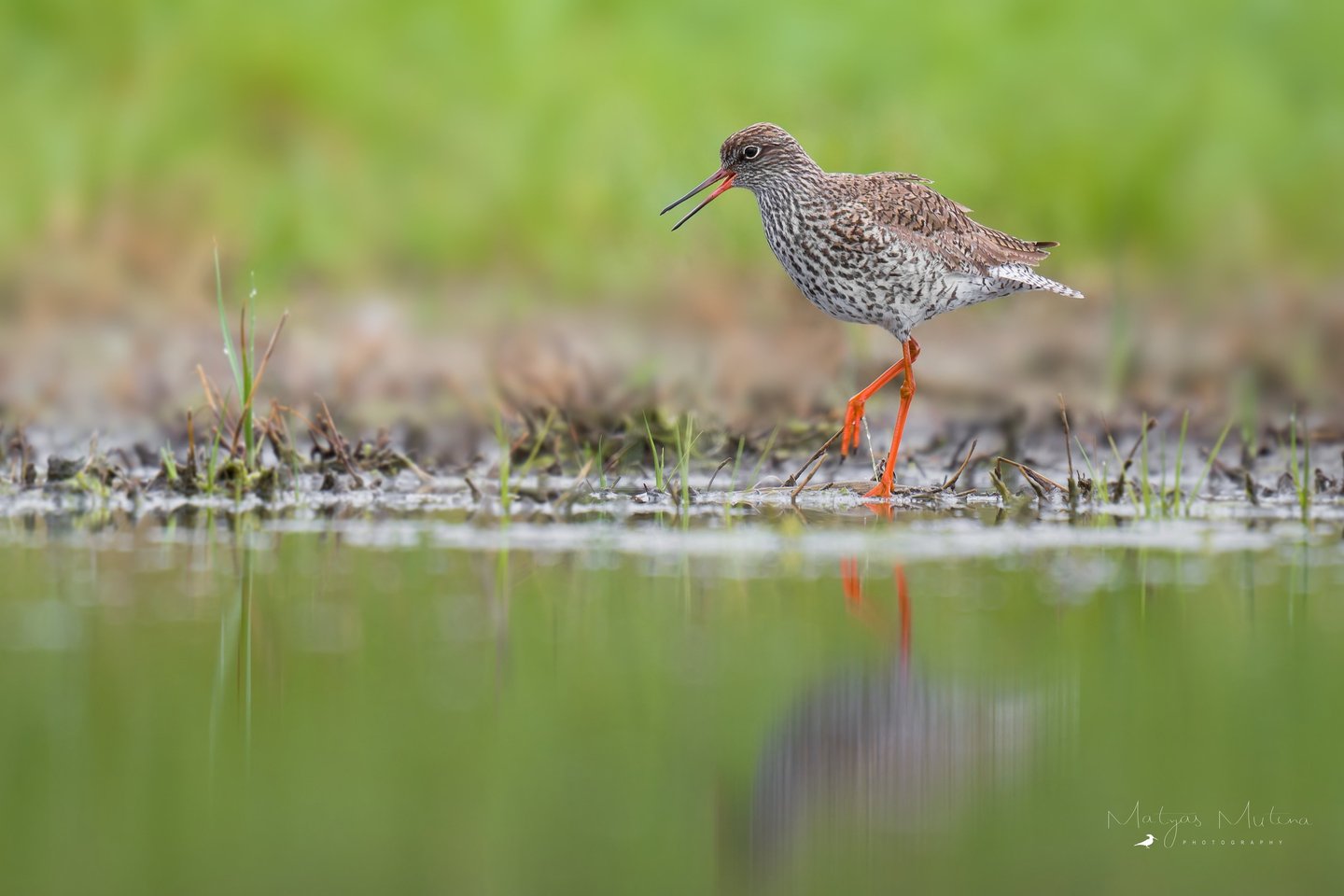

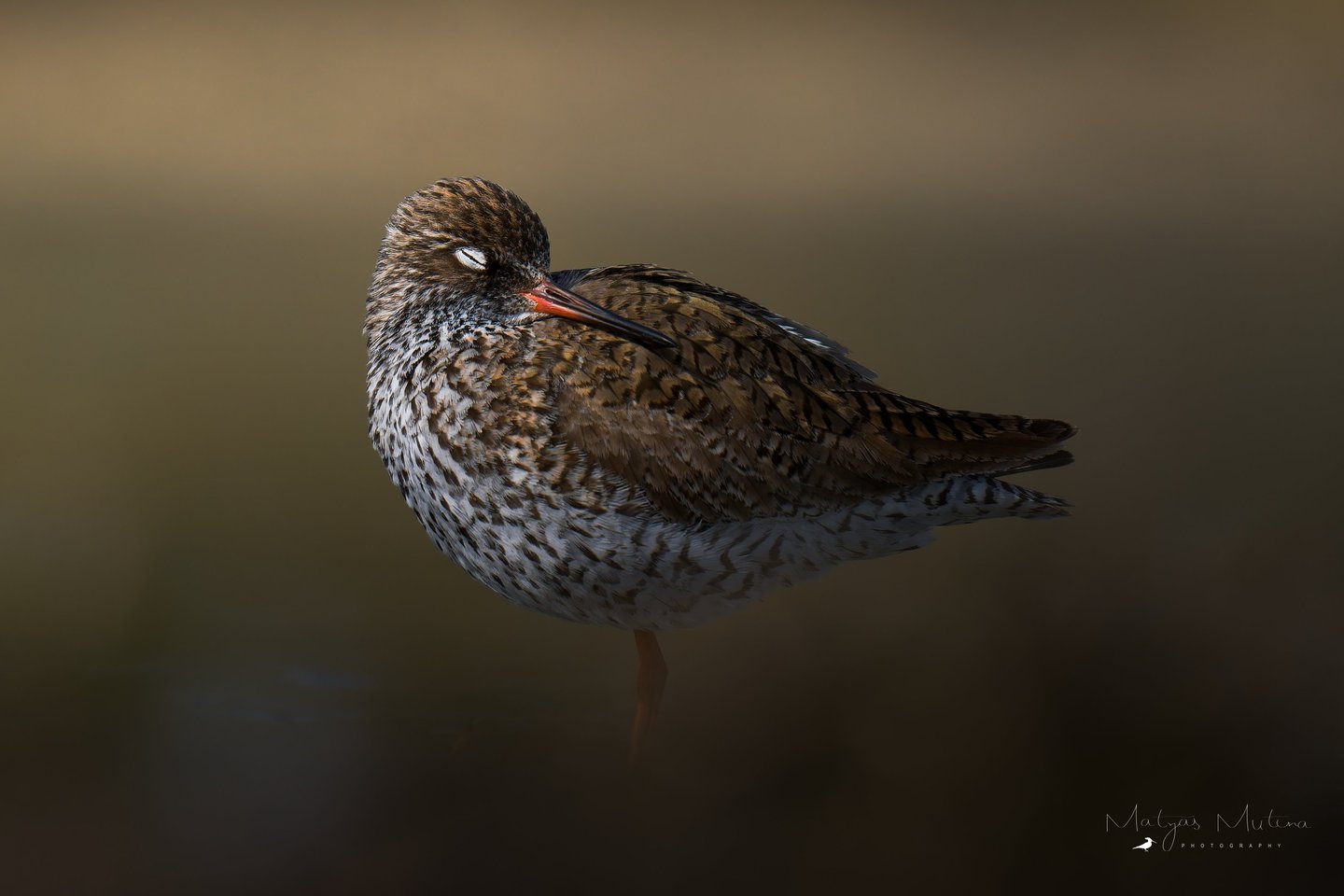

At one of the wetlands, I even witnessed a mating event—an incredible experience for me as a photographer. There’s now a clutch of eggs at the site, which is an exceptional rarity. According to ornithologists, there were only about 25–40 breeding pairs in the entire Czech Republic in 2020. However, the best shots didn’t come from this particular location.
The images I was most excited about were taken at a different wetland that really caught my attention. The main reason I chose to photograph there was the beautifully reflective water surface. And if I may say so modestly, I believe these are some of the best wader photographs I’ve ever taken.
